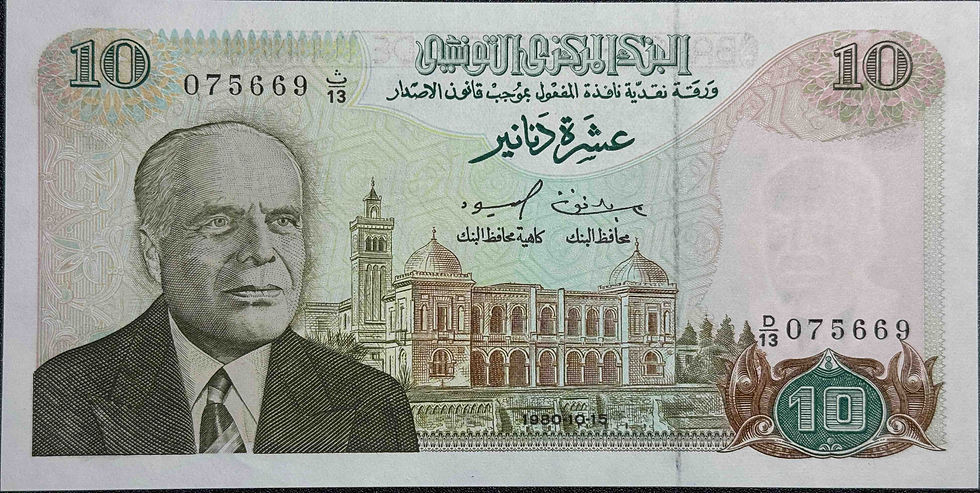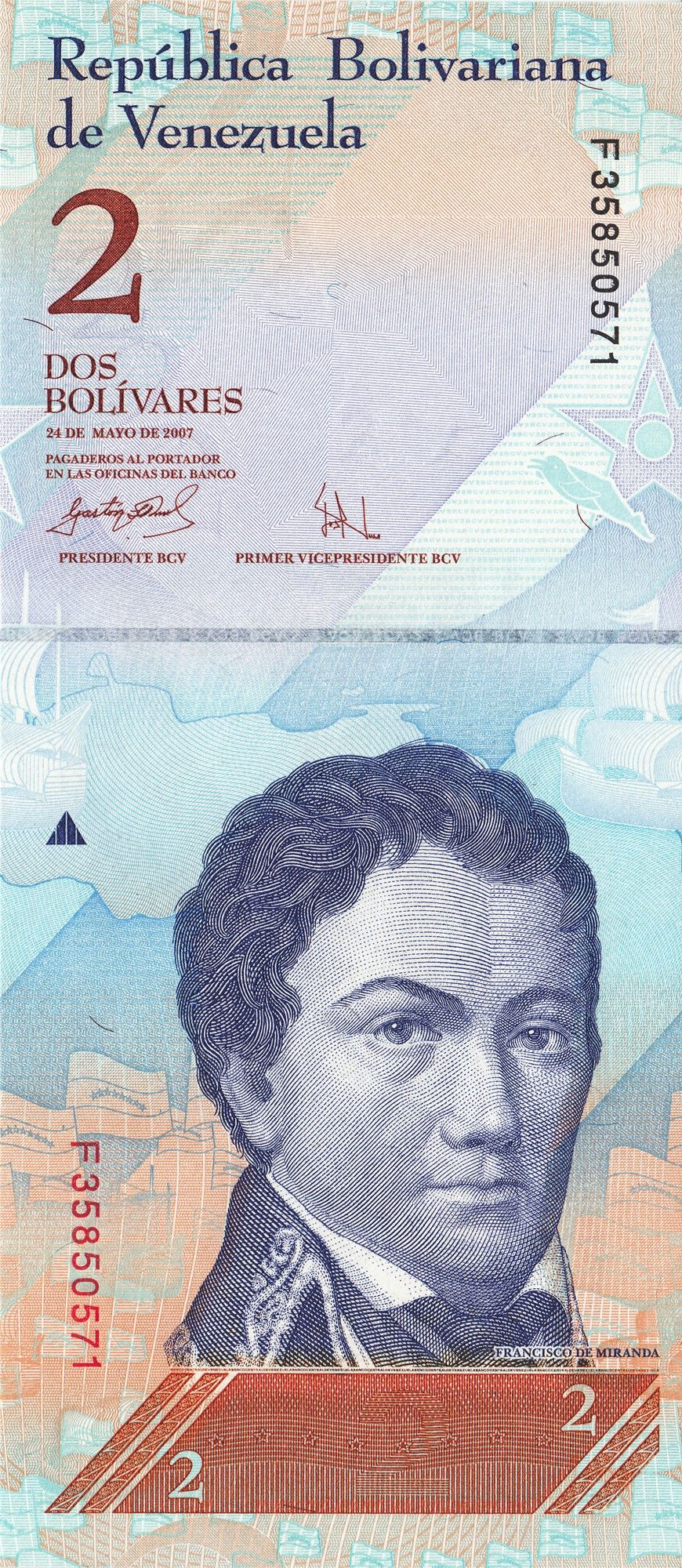Between 1969 and 1978, the Central Bank of Egypt issued five pound notes.
It is one of the most striking designs representing 20th century Egyptian culture and history.
The obverse depicts the Ibn Tulun Mosque, one of the oldest mosques in Cairo.
On the back, there is an image of Hapi, the god of the Nile flood, the ruins of the Ramses II mortuary temple,
There are also reliefs depicting everyday life in ancient Egypt.
The design, which combines Islamic art and Pharaonic civilization, is very attractive to collectors.
Nowadays, they are highly sought after not just as "usable banknotes" but as historical documents and collectibles.
⸻
🔑 Basic information
• Country of issue: Egypt
• Issuing authority: Central Bank of Egypt
• Publication period: 1969–1978
• Publication period: United Arab Republic (1958–1971), Arab Republic of Egypt (since 1971)
• Face value: 5 pounds (خمسة جنيهات مصرية)
• Material: Paper
• Size: 170 x 85 mm
• Shape: Rectangle
• Status: Currently obsolete (only in circulation as a collectible)
• Watermark: Portrait of an Ancient Egyptian Scribe + Security Thread
⸻
✨ Surface Design - Ibn Tulun Mosque
• Built in 879, it is one of the oldest Islamic buildings in Cairo.
• It is known for its spiral minarets and vast courtyards.
• Geometric patterns are combined with colorful patterns, highlighting the intricacy of Islamic art.
• Arabic notation:
• البنك المركزى المصرى (Central Bank of Egypt)
• خمسة جنيهات مصرية (Egyptian, 5 pounds)
⸻
✨ Reverse design – Hapi and ancient Egyptian symbolism
• Hapi: God of the Nile River floods and fertility. He holds offerings in both hands, symbolizing fertility.
• Mortuary Temple of Ramses II (Ramseum): A magnificent ruin in ancient Thebes.
• Reliefs of everyday life: Depicting farming, livestock and human activities, they represent life in the ancient Nile basin.
• English:
• Five Egyptian Pounds
• Central Bank of Egypt
⸻
🕯 Historical background
Egypt in the 1960s and 1970s
• The period from President Gamal Abdel Nasser to President Anwar Sadat.
• Transition from the United Arab Republic with Syria (1958–1971) to the Arab Republic of Egypt (1971–present).
Positioning of 5 pounds
• At the time, the £5 was an important high denomination note with high purchasing power.
• Today it is no longer a currency and has value only as a collectible and academic resource.
⸻
💠 Security and Watermarking
• Watermark: Portrait of an ancient Egyptian scribe.
• Security thread: A metal thread embedded in the paper.
• Printing technology: Multi-color printing and guilloche pattern prevent counterfeiting.
⸻
📊 Collector's Market Value
• **Conservation condition (grade)** determines value:
• Mint to unused (UNC) items command a premium price.
• Even items that show signs of use are popular as beginner items.
• Why it's popular:
• Unique in its depiction of Islamic architecture and ancient Egyptian mythology at the same time.
• A document that symbolizes the history of the 1960s and 1970s.
• Target collector demographic:
• World Banknote Collector
• Middle Eastern and African history enthusiasts
• Ancient Egyptian Theme Collector
⸻
📚Cultural significance
This banknote demonstrates Egypt's dual heritage.
• Islamic civilization: Ibn Tulun Mosque.
• Pharaonic civilization: the Nile god Hapi, the temple of Ramses II, and ancient agricultural life.
This coexistence symbolizes Egypt's "fusion of identity."
top of page
¥500Price
Sales Tax Included
Related Products
bottom of page

















